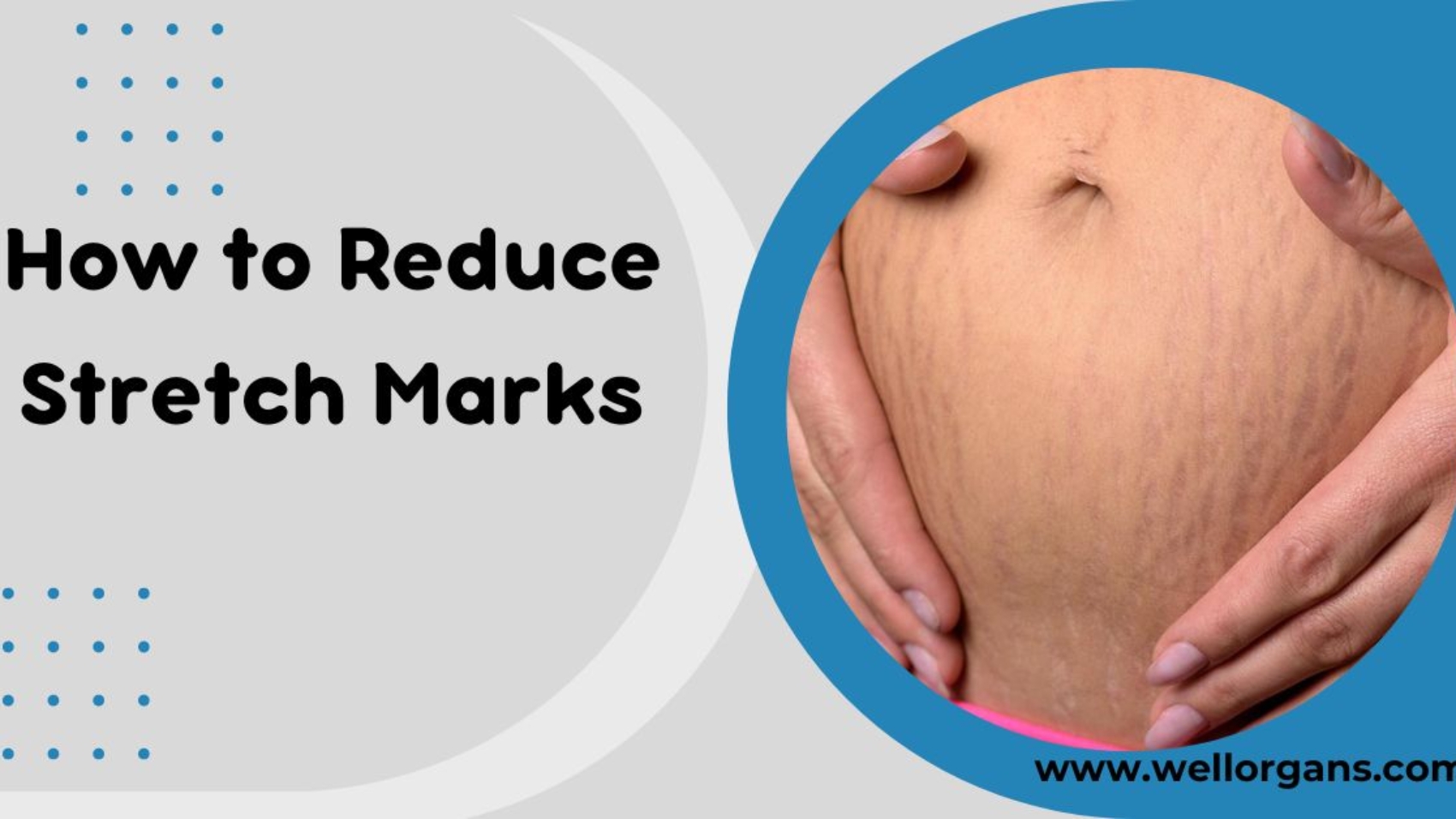Stretch marks are a prevalent skin issue that can impact individuals of all genders. They occur due to the rapid stretching of the skin from growth, pregnancy, or weight changes. While they are natural and harmless, many people seek ways to minimize their appearance. This article offers practical and proven strategies for how to reduce stretch marks effectively.
What is Stretch Mark?
Stretch marks are a form of scarring that occurs when our skin undergoes rapid stretching or contraction. This sudden shift leads to the rupture of collagen and elastin, the proteins that provide support to our skin. As the skin repairs itself, stretch marks can emerge.
However, not everyone experiences these slender lines on their skin. Hormonal changes may increase the risk of developing stretch marks, especially if they run in your family.
What Causes Stretch Marks?
Stretch marks occur mainly when the skin is stretched beyond its usual capacity. The deeper layers of the skin become damaged, leading to the appearance of these noticeable lines.
Common causes include:
Pregnancy: As the abdomen expands, the skin stretches significantly.
Rapid weight gain or loss: Changes in body size can stretch the skin too quickly.
Growth Spurts in Adolescence: Teenagers often experience rapid growth, leading to stretch marks.
Hormonal Changes: Hormones like cortisol can weaken skin fibers, making stretch marks more likely.
Home Remedies to Remove Stretch Marks
In fact, removing stretch marks with home remedies can be a slow process. The type of stretch marks varies from person to person. So it cannot be said that the same remedy is equally applicable to all. But home remedies are helpful in reducing stretch marks, and in many cases, the stretch marks disappear.
Moisturize Regularly:
Keeping the skin hydrated is key to improving its elasticity. Use a moisturizer containing ingredients like cocoa butter, shea butter, and vitamin E. These components deeply hydrate the skin, promoting repair and minimizing the appearance of stretch marks.
Apply Retinoid Creams:
Retinoid creams, derived from vitamin A, boost collagen production and help skin regeneration. This can significantly reduce early-stage stretch marks. However, it is important to avoid using retinoids during pregnancy.
Exfoliate Gently:
Consistent exfoliation eliminates dead skin cells and stimulates the regeneration of new cells. Using natural scrubs, such as sugar or coffee, can improve skin texture and reduce the appearance of stretch marks over time.
Use Hyaluronic Acid:
Hyaluronic acid is another excellent choice for reducing stretch marks. It hydrates the skin, making it more supple and elastic, which can help fade newer marks faster.
Try Natural Oils:
Oils like coconut, almond oil, and rosehip oil are known for their skin-repairing properties. Massaging these oils into the skin daily can improve skin tone and reduce the visibility of stretch marks.
Medical Treatments for Stretch Marks
Indeed, treatment depends on the type of stretch marks. A registered dermatologist should be consulted for medical treatment. Depending on the type of stretch marks you have, you need to get the right treatment. Below are some effective medical treatments for stretch marks:
Microdermabrasion:
Microdermabrasion is a non-invasive treatment that exfoliates the top layer of skin. This process helps new, healthy skin cells to grow and can gradually improve the appearance of stretch marks.
Laser Therapy:
Indeed, laser treatments are highly effective in reducing stretch marks by stimulating collagen production. They target the deeper layers of the skin to promote regeneration and fade marks.
Microneedling:
Microneedling involves creating tiny punctures in the skin to trigger its healing process. This can lead to improved collagen and elastin production, making stretch marks less visible over time.
Retinol:
Retinol is derived from vitamin A and is a key component in numerous over-the-counter (OTC) anti-aging skincare products, known for its effectiveness in reducing wrinkles, enhancing skin texture, and boosting hydration levels. Expect to use retinol creams consistently for at least six months before experiencing significant results.
Prevention Tips for Stretch Marks
While stretch marks can’t always be completely avoided, there are steps you can take to reduce the likelihood of developing them:
Maintain Proper Hydration: Consuming sufficient water helps keep your skin supple and enhances its elasticity.
Eat a Balanced Diet: A diet rich in vitamins and minerals, especially vitamins A, C, and E, supports skin health.
Achieve and Sustain a Balanced Weight: Avoid rapid weight gain or loss to minimize skin stretching.
Use Sunscreen: UV rays can weaken the skin, making it more susceptible to stretch marks. Consistently applying sunscreen is essential for safeguarding your skin.
Conclusion:
Stretch marks are a natural part of life, but there are various ways to reduce their appearance. From home remedies like moisturizing and exfoliating to advanced medical treatments, you have several options to improve your skin’s texture and tone. By following these tips and adopting healthy skin habits, you can achieve smoother, healthier-looking skin.
I hope the article how to reduce stretch marks was helpful to you. We are here to support you, so if you need further information, please feel free to contact us. Also read our blog to know different wellness topics.


Leave Your Comment